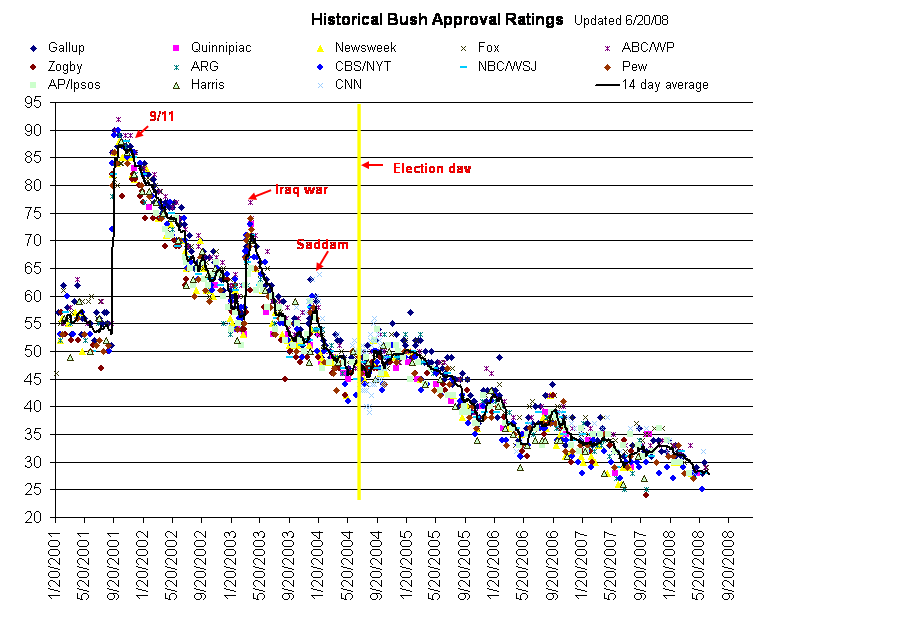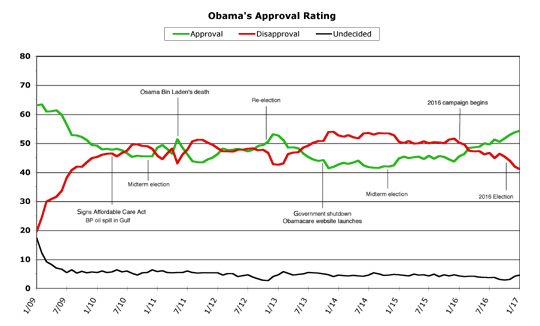Tom
takes a look at the Alabama stakes through Mitch McConnell’s eyes.
Donald Trump and Mitch McConnell are once again at
loggerheads, this time over the upcoming, wildly controversial U.S. Senate special
election in Alabama. The widely known
backdrop: GOP candidate Roy Moore is, at
this point, more toxic than a SuperFund site, saddled with very public homophobic
and anti-Muslim views, a history of Constitution-defying behavior that was disturbing
enough to get him thrown off the Alabama Supreme Court, and, of course, enough Alabama
women charging him with various forms of sexual deviancy, from teen-lust to
outright assault, to field a baseball team.
Donald Trump has decided to stand with Roy Moore and leave
it to the voters in Alabama to decide his fate in the December election. Mitch McConnell and virtually all of the
so-called Washington GOP (and Democratic) establishment, have called for Moore
to step down so that an alternative GOP candidate can wage a credible write-in
campaign. (Moore cannot be removed from
the ballot even if he quit the race and ceased campaigning.)
 The conventional wisdom is that McConnell simply has a
higher ethical standard than Trump.
McConnell has been known to be tough on Senators with ethical lapses,
and he does not want Moore on his team because of the “brand” damage to the Senate
and the GOP. Trump, on the other hand,
sees a soulmate in Moore; Trump himself is a controversial crusader with an
even longer list of sexual assault
accusers – almost enough (16) indeed, for two
baseball teams. Trump cites Moore’s
denial of bad behavior as proof of his innocence, which is certainly a novel legal
theory, and one he himself has of course employed, apparently successfully,
since he sits in the Oval Office today despite those many accusations (and a
certain audio tape).
The conventional wisdom is that McConnell simply has a
higher ethical standard than Trump.
McConnell has been known to be tough on Senators with ethical lapses,
and he does not want Moore on his team because of the “brand” damage to the Senate
and the GOP. Trump, on the other hand,
sees a soulmate in Moore; Trump himself is a controversial crusader with an
even longer list of sexual assault
accusers – almost enough (16) indeed, for two
baseball teams. Trump cites Moore’s
denial of bad behavior as proof of his innocence, which is certainly a novel legal
theory, and one he himself has of course employed, apparently successfully,
since he sits in the Oval Office today despite those many accusations (and a
certain audio tape).
But actually each man’s motives and private logic are
almost certainly more a political calculation than a litmus test of their standards
of morality. And in this case, Trump is
the one playing checkers (or even tic-tac-toe), while McConnell is playing
chess.
Trump, with his simplistic view of the world, thinks that
an unrepentant Moore candidacy is the best path toward maintaining 52 GOP votes
in the Senate. Trump has learned the
hard way that every vote matters, that the Democrats will vote as a bloc
against him, and he cannot count on the votes of a number of GOP Senators who
have little to no loyalty to him as it is: John McCain, Jeff Flake, Susan Collins, Bob Corker,
Lisa Murkowski and, depending on the issue, quite a few others (Rand Paul, Ron
Johnson, Bob Portman and on and on). A
victory in Alabama by Democrat Doug Jones means that at the starting line for
any legislation, the GOP can afford only one defector, not the current two. Trump wants some legislative victories and
his vision extends as far as the next few days, weeks or maybe months. He thinks a Moore win would help him with
some 2018 wins.
McConnell, on the other hand, is playing the “long game” and
has a more sophisticated view. Sure he’s
concerned about the GOP brand in the Senate, and about winning close votes in
2018, but he has a far more prosaic and practical concern: losing the Senate in 2018.
How is that possible?
Doesn’t the GOP have an impregnable map?
They have the ingoing 52/48 advantage; 10 potentially vulnerable
Democratic seats up for grabs in states that Trump won in 2016; and only eight
GOP Senators up for reelection, six of whom won in 2012 (when they last ran) by
+17 points or more in their solid red states.
What could be a more solid bet than the GOP maintaining control?
But a clear-eyed McConnell sees it this way: the political landscape is already fraught
for the GOP. Trump himself is wildly
unpopular – well over half the country “disapproves” of him. The “generic ballot” shows the country
prefers an unnamed Democratic candidate over a Republican one by a whopping +9
points. Congress itself, under GOP
control, has an abysmal approval rating (in the 15% range).
This environment alone makes it more than possible that the
Dems could successfully defend all 10 of their vulnerable seats, plus pick off
Arizona and Nevada, which are the two states that the GOP won by only single
digits in 2012 (Arizona +4 and Nevada +1) – and both of those incumbents are
very weak, with Flake of Arizona already announcing his plans not to run again,
and Dean Heller of Nevada having a 39% (or lower in some polls) approval rating
in his state. If Jeff Sessions was still
in the Senate, McConnell could still squeak by with a 50/50 “majority” (with
Mike Pence on hand to be the tie-breaker).
But add a winning Roy Moore election into this morass and
the picture becomes even more alarming. The Senate would immediately be plunged into a
public battle to expel Moore, complete with Ethics Committee hearings, daily
headlines recounting the sordid charges against Moore, and perhaps further
corroborating evidence or more accusations.
This would certainly deflect attention from the GOP agenda (even if they
were united on one), further brand the party as the party of Bannon and Moore,
and further divide the party into its already splintered factions. And, if the Senate succeeded is ousting
Moore, they would face the outrage of their own base, who could claim, with
validity, that the will of the voters of Alabama, who voted with their eyes
wide open, had been denied by the evil and hated Washington GOP establishment.
Donor money would dry up in a flash. No winning legislation could get accomplished
(including the tax bill if the GOP is unable to get one to Trump before the
Alabama election). The GOP would limp
along until Election Day 2018, unable to craft a winning story.
In this scenario, McConnell would give up on reclaiming any
of the Democrat’s 10 vulnerable seats and probably concede that Arizona and New
Mexico would be flipped. Thus he can’t
lose another race, or else he is no longer Senate Majority Leader.
So the entire focus would be on protecting those last six races, the six presumed
solid seats: Mississippi (Wicker), Nebraska (Fischer), Tennessee (Corker),
Texas (Cruz), Utah (Hatch) and Wyoming (Barasso).
He probably thinks Wyoming is completely safe, where Tom Barasso won
by +54 in 2012 and Trump by +46 in 2016.
Utah is
probably safe as well, although someone might challenge Orrin Hatch from the
right. But Hatch won in 2012 by +35 and
Trump won by +18.
It starts to get a little dicey with Mississippi and Nebraska. Steve Bannon already has his sights set on
Roger Wicker of Mississippi, an establishment GOP who won by “only” +17 in 2012,
a margin that could make him vulnerable in 2018. And if Wicker lost the primary to an even
more right-wing candidate, there is a risk of Bannon coming up with another
Moore, or Todd Akin, or Christine O’Connell or Sharron Angle, all of whom
failed to win easy GOP pickings in 2010 or 2012 Senate races. As for Nebraska, incumbent Deb Fischer won by
only +16 in 2012, another margin that could narrow considerably in 2018.
And who knows what will happen in Tennessee?
Trump antagonist Bob Corker is not running for reelection, and the new
candidate could be another too-far-to-the-right nutcase. Representative Marsha Blackburn has already
announced she is running for the seat, and she is certainly to the right of
Corker.
That leads us to Texas and Senator Ted Cruz.
Cruz would seem pretty solid with his 52% approval rating, deep
conservative policies, and national profile. But Cruz also won by “only” +17 in
2012, and Texas demographics are changing rapidly and relentlessly. It was one of the very few states where
Donald Trump, though a winner by +9, ran behind Mitt Romney in 2012, who won by
+16. Combine that narrowing margin with
the GOP‘s current rancid stew and you just might have Texas in play in 2018.
But we’re not quite
done. Because if Roy Moore is
elected, and Mitch McConnell succeeds in ousting him from the Senate, there is
one more election to contend with, and it would be a special election, special
in so many ways.
It would be in….Alabama. Yes, the very
state that started this whole calculus would need a Senator. Now, first an interim would be appointed by
the Governor, and then a special election date set. And who knows what would
happen. But there is one thing I am
pretty sure of. There is no way to prevent
Roy Moore from running again – or prevent an angry and defiant Alabama from sending to him Washington, DC once again.
And that is why Mitch McConnell does not want Roy Moore in
the Senate. Because he can’t be certain
he could ever get Moore out, and in the meantime Moore could blow up the GOP.


